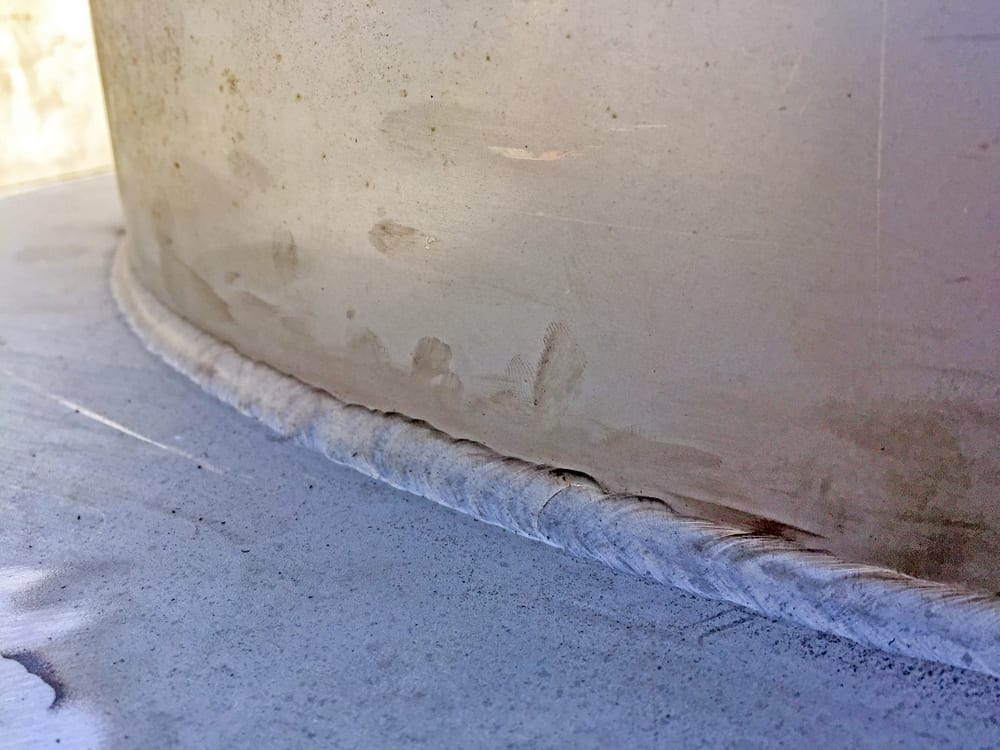Best Overview to Preventing Weld Undercut: Tips and Techniques
Comprehending the Causes and Solutions for Undercut Welding in Steel Construction Procedures
In the realm of metal construction processes, the incident of undercut welding presents a significant challenge that demands an extensive understanding of its causes and viable solutions. The intricate interplay of numerous variables throughout welding procedures can cause this unfavorable phenomenon, impacting the architectural honesty and general high quality of the welded joints - Preventing weld undercut. By dissecting the origin creates of undercut welding and checking out efficient remedial actions, makers can raise the requirement of their workmanship and ensure the manufacturing of perfect metal parts
Typical Causes of Undercut Welding
Frequently forgotten in metal fabrication, undercut welding takes place because of various variables that require meticulous focus and experience to be successfully mitigated. One usual reason for undercut welding is too much warm input. When the heat input is too expensive, it can result in the melting and succeeding erosion of the base product along the edges of the weld joint, developing a groove or undercut. Furthermore, inappropriate welding methods, such as making use of the wrong welding angle or take a trip speed, can additionally contribute to damage formation. Insufficient shielding gas protection is an additional essential variable that can lead to damaging. Insufficient gas protection fails to secure the weld swimming pool effectively, leading to oxidation and undercut flaws. Moreover, the selection of welding criteria, such as voltage, current, and wire feed rate, plays a substantial role in the incident of undercut welding. Recognizing these common causes is vital for applying preventive steps and making certain top quality welds in metal construction procedures.
Influence of Incorrect Welding Parameters
Incorrect welding specifications can dramatically compromise the stability and high quality of bonded joints in steel fabrication processes. The effect of wrong welding criteria manifests in various methods, leading to structural weak points and issues in the bonded components. Precise interest to welding specifications is extremely important to make certain the production of top quality welds with the preferred mechanical residential properties and architectural honesty.
Result of Improper Lantern Angle
Improper torch angle in welding operations can significantly influence the quality and integrity of the final weld joints in metal fabrication processes. The lantern angle plays an essential function in identifying the warm input and distribution during welding. When the lantern angle is wrong, concerns such as damaging can develop. Damaging is a typical welding problem where a groove forms along the weld toe, weakening the joint and compromising its architectural stability.
A torch angle that is also high can cause inadequate penetration, insufficient combination, and enhanced spatter. On the other hand, a lantern angle that is as well shallow can cause extreme penetration, burn-through, and distortion of the base product. Preventing weld undercut. Appropriate torch angle is essential for making certain constant weld quality, toughness, and appearance
To stop damaging More about the author and other defects brought on by improper lantern angles, welders need to be trained to preserve the appropriate lantern angle throughout the welding process. Normal tracking and change of torch angles throughout welding can assist attain sound welds with marginal problems.
Function of Inadequate Welding Strategies

Another aspect of poor welding strategies is inappropriate weld prep work. Insufficient cleaning of the base metals, incorrect joint layout, or not enough side preparation can all contribute to undercut welding. Moreover, poor securing gas protection or utilizing the wrong kind of gas can result in insufficient combination and the formation of undercut defects.
To deal with the role of poor welding methods in metal manufacture processes, it is important to provide thorough training for welders. Appropriate education on welding criteria, joint preparation, and securing gas choice can help protect against undercut welding and guarantee top quality welds in steel construction tasks.
Effective Solutions for Undercut Welding
Addressing undercut welding in steel fabrication calls for executing reliable services to boost weld high quality and architectural stability. Among the primary remedies to fight undercut is to readjust welding parameters such as voltage, existing, and informative post travel speed to make certain appropriate warmth input and fusion. By fine-tuning these settings, welders can protect against extreme melting of the base steel and filler product, decreasing the chance of undercut formation.
Furthermore, correct joint preparation is vital in preventing undercut. Guaranteeing tidy base steel surfaces devoid of impurities and using the proper bevel angle can aid promote far better weld penetration and decrease the danger of undercut - Preventing weld undercut. Using suitable welding techniques, such as weaving or oscillating the lantern, can additionally aid in distributing warm uniformly and loading the weld joint adequately, reducing the opportunity of undercut flaws
In addition, selecting the correct welding consumables, including electrodes and filler steels, is necessary in minimizing undercut. Using materials with appropriate chemical compositions and mechanical residential properties can add to attaining audio welds with marginal undercut. Normal examination and quality control steps ought to also be carried out to discover and address undercut concerns promptly, guaranteeing the general honesty of produced metal components.

Verdict
Finally, comprehending the causes and options for undercut welding in metal fabrication processes is important for achieving top quality welds. By addressing typical causes such as incorrect welding specifications, incorrect torch angle, and inadequate welding techniques, welders can protect against damaging and make certain strong, durable welds. It is vital to focus on these factors and implement reliable pop over here services to boost the general welding process and final item top quality.
